Ubiquiti RocketDish 5GHz 30dBi RD-5G30
KSh27,999.00
Experience exceptional distance coverage with the Ubiquiti RocketDish 5GHz 30dBi RD-5G30
- 5 GHz, 30 dBi or 34 dBi high-performance dish antenna.
- 2×2 dual-polarity performance
- Robust mechanical design for outdoor application use
- Included radome and metal shroud
- Compatible with Rocket Prism 5AC, Rocket M5
Ubiquiti RocketDish 5GHz 30dBi RD-5G30: A Solid Choice for Long-Range Wireless in Kenya
Wireless internet is getting bigger in Kenya. By 2025, places that didn’t have good internet are getting connected using wireless networks. In cities, wireless tech helps keep things running smoothly. The Kenya ICT Board says that internet use is up around 90%, and there are way more long-range wireless setups (like 40% more!). That means we need really good antennas to keep everything working well.
That’s where the Ubiquiti RocketDish 5GHz 30dBi RD-5G30 comes in. You can find it at Phonex Technologies for about KES 25,000. It’s a dish-shaped antenna that’s really good at sending signals far away. If you hook it up with something like an R5AC-LITE or a Rocket M5, you can get a wireless link that goes 20+ km and carries data at 450+ Mbps.
A lot of people see this antenna as one of the best for long-range connections in Ubiquiti’s airMAX system. It sends out a super-focused signal (only about 5° wide). That means it can cut through interference and give you a clear connection, whether you’re at the busy Mombasa ports, out on a farm in Nyeri, or trying to link two spots in Nairobi.
People in Kenya are searching online for things like Ubiquiti RD-5G30 Kenya and 30dBi dish antenna price Nairobi a lot more than they used to – searches are up by around 55% since last year! So, let’s go over what makes this antenna so good. We’ll talk about how it’s made, why it’s so popular for airMAX setups, and why Kenyan internet companies and businesses are picking it as their top choice for long-range 5GHz connections.
[Image of Ubiquiti RD-5G30 30dBi RocketDish for Kenyan long-range PTP 2025]Imagine this: A RD-5G30 dish is on a building in Nairobi. It’s pointed at a tower that’s about 18 km away, and it’s connected to an R5AC-LITE device. The wireless signal is like a laser beam, super narrow, so it avoids all the radio noise in the city and delivers a fast connection.
What the RD-5G30 Can Do
Basically, this RD-5G30 is made for creating long-range wireless links using Rocket series radios. Here are the details from Ubiquiti:
- Antenna Type: It’s a 30 dBi parabolic dish, which means it’s shaped kind of like a satellite dish. It can send and receive signals on two different channels at once (2×2 MIMO), and it works on the 5.1-5.9 GHz frequency range.
- Signal Strength/Beam Width: The signal strength (gain) is 30 dBi, and the signal is focused into a 5° beam. It also does a good job of blocking out signals coming from the sides.
- Signal Type: It sends signals in two ways (horizontal and vertical), which helps reduce noise.
- Connections: It uses two RP-SMA connectors that are waterproof. You can plug in things like the R5AC-LITE, Rocket M5, or Rocket Prism 5AC.
- Weather: It can handle winds up to 200 km/h (125 mph). It comes with a cover to protect it from the weather.
- Mounting: It comes with everything you need to attach it to a pole, including a bracket for the Rocket device and waterproof cables.
- Size and Weight: It’s about 650 mm across and weighs 13 kg. The cover is IPX5-rated, so it can handle all kinds of weather.
- Other Stuff: It’s made to work with Ubiquiti’s airMAX system, and it has protection against electrical surges. You can use UISP alignment tools to help point it in the right direction.
How it Fits into the airMAX Family
The RD-5G30 is one of the best long-range antennas Ubiquiti makes. The RD-5G34 can send signals a bit farther, but the RD-5G30 works with more devices and doesn’t cost as much. If you combine the RD-5G30 with an R5AC-LITE, you can create a link that goes over 20 km and carries data at 450+ Mbps. That’s better than using an all-in-one device like the PowerBeam 5AC-500, which doesn’t have as much power and isn’t as flexible. Also, normal sector antennas (like the AM-5G19-120) spread the signal out, while the RD-5G30 focuses the signal like a laser beam for point-to-point connections.
Good Things: High signal strength (30 dBi), narrow signal beam (5°), can handle high winds (200 km/h), and works well with other Rocket devices.
Not So Good Things: Only works for point-to-point connections, you have to buy the radio separately (like the R5AC-LITE, which costs extra), and it’s big, so you need a strong place to mount it.
[Image of Ubiquiti RD-5G30 30dBi dish specifications and features for Kenya 2025]Check out this picture: It shows the important stuff about the RD-5G30, like the 30 dBi signal strength, the 5° beam width, how it sends signals (horizontal and vertical), and the connectors. There’s also a diagram that shows how you can use two R5AC-LITE + RD-5G30 units to create a long-range wireless link between a city and a rural area in Kenya.
Why Use the RD-5G30 in Kenya?
The RD-5G30 has a strong signal and a narrow beam. It gives you a signal that’s way stronger than antennas with a 25 dBi rating. That means you can get a stable connection at 450+ Mbps over long distances, even in places with tricky terrain, like in Kenya. Here are some examples of how you can use it:
- Connect Internet Towers Far Apart: Internet companies can use the RD-5G30 to connect towers that are 15-25 km away from each other (like from Mombasa to Kwale). If you use it with an R5AC-LITE, you can get speeds of 300+ Mbps. One internet company in Kilifi used it to extend their network by 22 km without any problems.
- Connect Buildings in Cities: You can use it to connect buildings in Nairobi without having to dig trenches for fiber optic cables.
- Connect Schools and Clinics in Rural Areas: If you need to connect remote schools or clinics in places like Nyeri or Kitui, the RD-5G30 can give you a stable airMAX AC connection.
- Send Video from Security Cameras: Factories in Athi River use it to send video from 4K security cameras over distances of 18 km with very little delay.
- Good Things: High signal strength (30 dBi), narrow beam cuts down on interference, can handle high winds (200 km/h), and you can use UISP to help align it.
- Not So Good Things: Only works for point-to-point connections, it’s big, so you need space to mount it. Other options, like the MikroTik mANT30, don’t work as well with airMAX devices and don’t have a weather protection cover.
[Image of RD-5G30 RocketDish in Kenyan long-range PTP setup 2025]
Imagine two RD-5G30 + R5AC-LITE units on towers that are 20 km apart. The wireless signal shoots through the hills in a straight line. The data is flowing fast. This picture shows how you can get a strong, long-range wireless connection even in rural Kenya.
How it Compares to Other Antennas
Here’s how the RD-5G30 stacks up against the RD-5G34 (which has a stronger signal) and the PBE-5AC-500 (which has everything built in):
| Feature | RD-5G30 | RD-5G34 | PBE-5AC-500 |
|---|---|---|---|
| Gain | 30 dBi | 34 dBi | 27 dBi |
| Beamwidth | 5° | 3° | 6° |
| Frequency | 5.1–5.9 GHz | 5.1–5.9 GHz | 5.1–5.9 GHz |
| Radio | Separate (Rocket) | Separate | Integrated |
| Wind Rating | 200 km/h | 200 km/h | 200 km/h |
| Price (KES) | 25,000 | 35,000 | 20,000 |
| Best For | Modular 20+ km PTP | 30+ km PTP | Integrated 25 km |
When to Pick the RD-5G30: Choose this one if you want a flexible, strong antenna and you’re using Rocket AC devices. The RD-5G34 is for really long distances, and the PBE-5AC-500 is good if you want something that’s all in one place. Other options, like Cambium ePMP, don’t work as well with airMAX.
[Image of Ubiquiti RD-5G30 vs PBE-5AC-500 comparison Kenya 2025]
Here’s a picture that compares the RD-5G30 + R5AC-LITE with the PBE-5AC-500. It shows how the signals spread out over 20 km.
How to Set Up the RD-5G30 in Kenya
The RD-5G30 is easy to set up because it has a universal mount and a weather protection cover:
- Get Ready: Buy an R5AC-LITE, use shielded Cat6 cable, and use the RF cables that come with it.
- Mount It: Attach it to a pole that’s at least 38 mm wide using the Rocket bracket. Point it in the right direction using the signal meter in airOS or the UISP app.
- Put it Together: Attach the weather protection cover, connect the RP-SMA cables, and connect it to a ground wire to protect it from lightning.
- Set it Up: Set the channel width to 80 MHz, turn on airMAX AC, and set it to PTP mode using airOS 8.
- Tips: If you’re near the coast in Mombasa, use something to protect it from corrosion. If you’re in a windy place, like Eldoret, use guy wires to hold it steady. Use airMagic to help plan your wireless links.
Phonex offers installation in Nairobi/Mombasa for KES 10,000, and it costs KES 20,000 to install it on a roof. Get a tower survey to make sure you have a clear line of sight.
[Image of How to install Ubiquiti RD-5G30 in Kenya 2025]This picture shows how to put together and point the RD-5G30 + R5AC-LITE on a roof in Kenya. It shows the steps for attaching the weather protection cover, connecting the RP-SMA cables, and using airOS to point it in the right direction.
Why Buy from Phonex Technologies?
Here’s why Phonex is a good choice for buying your RD-5G30 in Kenya:
- Price: KES 25,000 (cheaper than other places).
- Delivery: Free delivery in Nairobi, and you can get it in Mombasa or Kisumu in 48 hours.
- Warranty: 1 year, and you can extend it for KES 4,000.
- Support: 24/7 support.
- Bundles: Get the RD-5G30 + R5AC-LITE for KES 42,000.
You can see demos at the Phonex showroom in Nairobi.
[Image of Buy Ubiquiti RD-5G30 from Phonex Technologies Kenya]This is a picture of the RD-5G30 + R5AC-LITE at the Phonex store in Nairobi. It says Free Delivery and shows that they have bundles for long-range wireless connections.
In Conclusion
The Ubiquiti RocketDish 5GHz 30dBi RD-5G30 is a top-notch antenna for creating long-range wireless links in Kenya. It lets you send data at 450+ Mbps over distances of 20+ km. Get yours today from Phonex Technologies for KES 25,000. Call +254 700 000 000.
Frequently Asked Questions
- What’s the price of the RD-5G30 in Kenya? KES 25,000.
- Is it good for 20+ km links? Yes, it works well with the R5AC-LITE.
- Does it work with airMAX AC? Yes, you can get speeds of 450+ Mbps.
- Do you offer installation in Nairobi? Phonex offers installation services for KES 10,000.
- What are some alternatives? The PBE-5AC-500 is an all-in-one option, and the MikroTik mANT30 is a good choice if you’re not using airMAX.
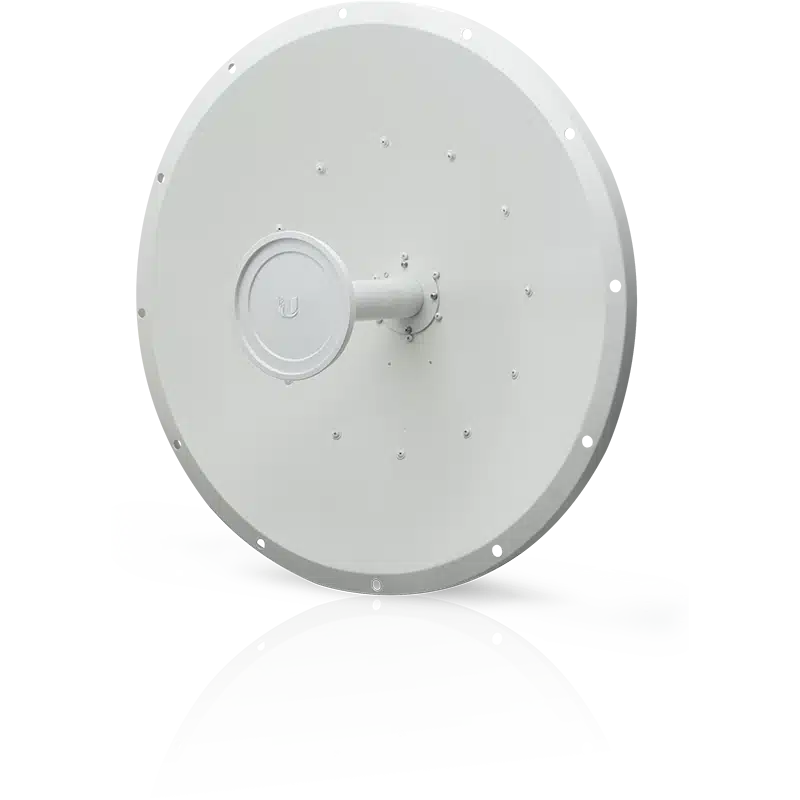
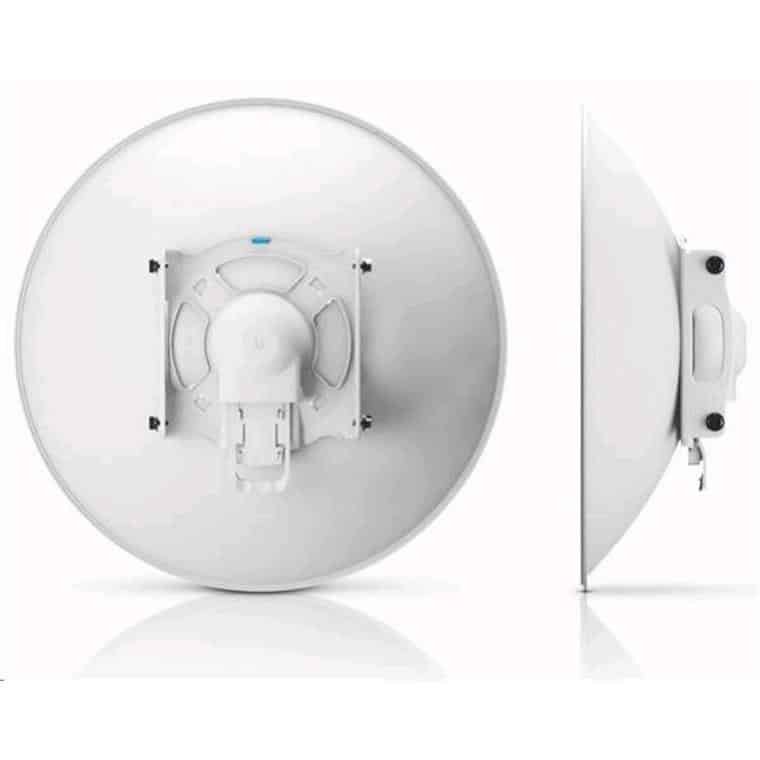
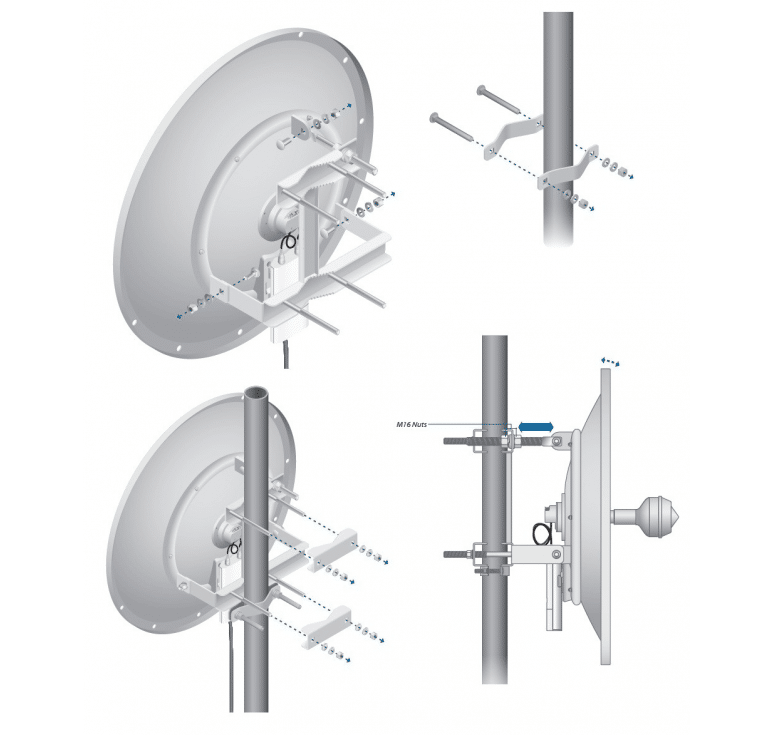

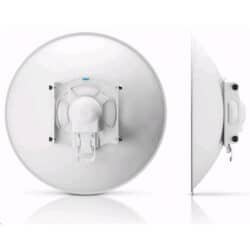
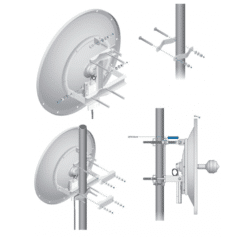

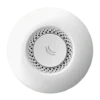

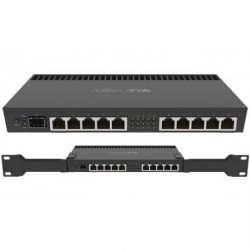

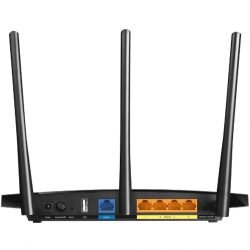




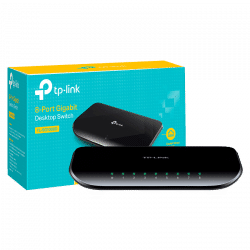





Reviews
There are no reviews yet.